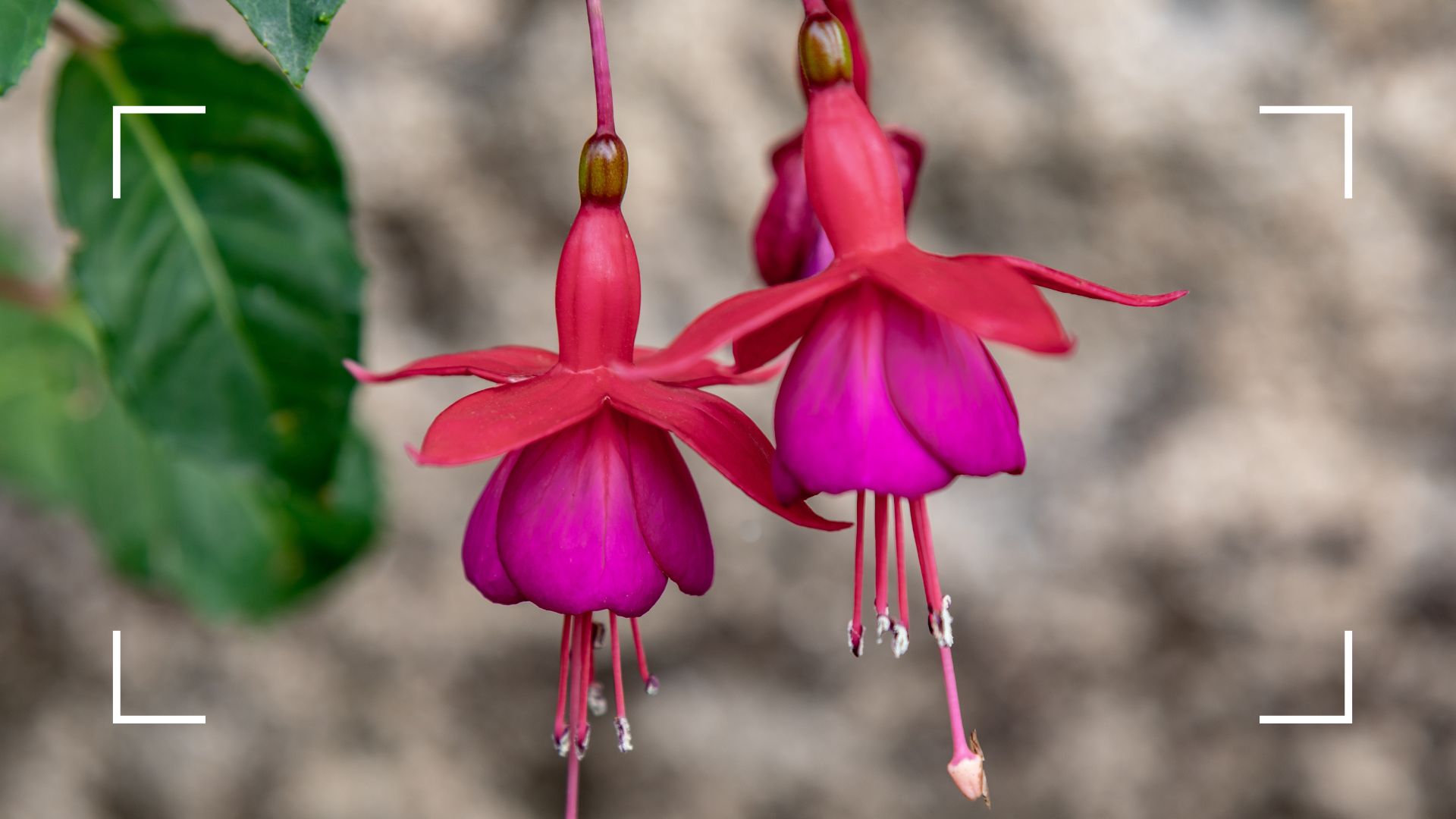
Taking cuttings from your plants is a great way to get more bang for your buck and luckily vibrant fuchsias are a brilliant species to do this with.
Whilst you may already know how to take cuttings from houseplants, outdoor garden species can be a little different. For example, knowing how to take a cutting from hydrangea is very different from taking a cutting from an aloe vera plant.
This is why we spoke to gardening experts to find out their recommended method for taking cuttings from fuchsia plants so you'll have repeated success with seedling growth.
How to take cuttings from fuchsia plants
Before you can try out this sustainable garden idea and begin taking cuttings, you must make sure you have the essential tools every gardener needs.
For this particular task, here's what the experts recommend you have on hand...
- Sharp knife/secateurs
- Small pots
- Cutting compost/multi-purpose compost
- Gardening gloves
- A warm propagator/plastic bag
- rooting hormone powder (optional)
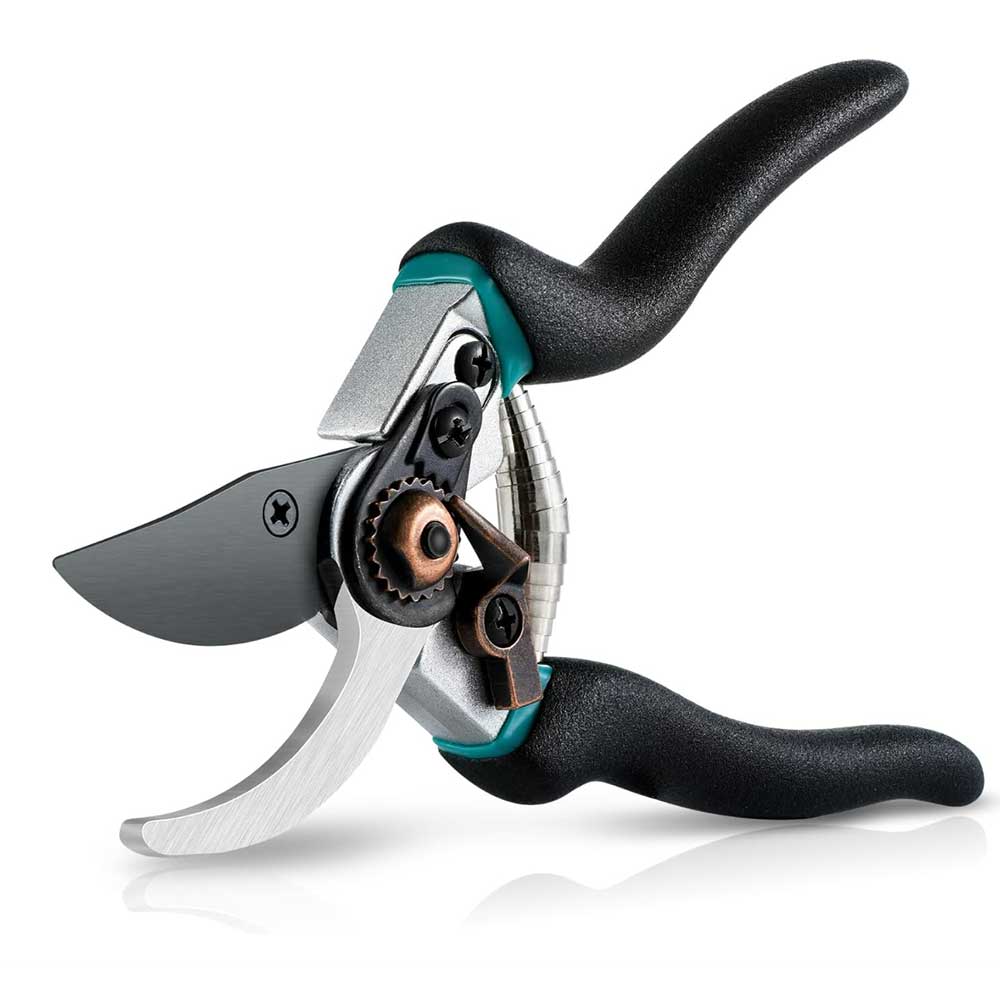
RRP: £11.99 | We recommend this sturdy pair of professional secateurs to get the job done safely, and with precision. This handy tool can be used for garden shears, branch cutters, flower cutters, and tree pruning.
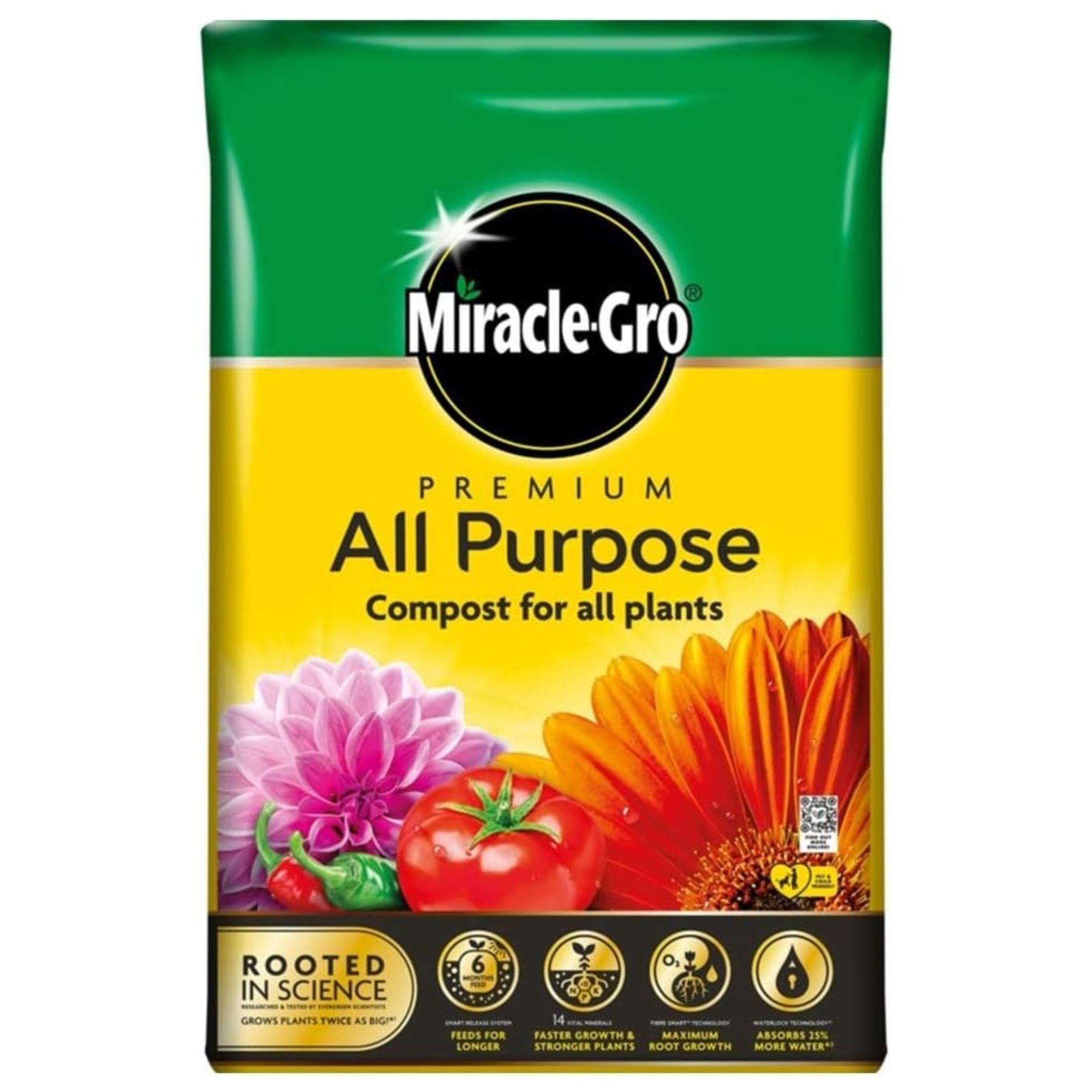
RRP: £9.71 | You can't pot your cutting without some high-quality soil to support it. This bag from Miracle-Gro is enriched with all the nutrients your plant will need to succeed from cutting to fully rooted.

RRP: £17.49 | Why not repot your plant in style with these stunning padded gardening gloves? They have mesh between the fingers to regulate the temperature as well as ultra-soft fell palms that won't stiffen when they dry. Just perfect!
1. Cut the stem
If you know how to prune a rose bush or pruning buddleia in your garden then the chances are you'll be pretty handy with a pair of secateurs. So this step is methodically simple, the important bit is making sure it's the right stem and your tools are sharp enough.
Graham Smith MCIhort, gardening expert at LBS Horticulture, says, "Select healthy stems on your current fuchsia plants and trim off a section around 7cm long with a sharp knife or tool. Choose a non-flowering shoot, or pinch off the flower buds from the chosen stem."
2. Prepare the cuttings

Once you have your cuttings or cuttings, it's time to prepare them for planting to ensure the cutting has the best chance of rooting.
"Remove the lower leaves and side shoots from the stem, and then make a cut cleaning below the leaf joint. Cuttings that are going to be propagated should have at least one pair of leaves," says Graham.
3. Get your pot ready and filled
Now your cuttings are ready, you'll need to prep the pots you're going to plant them in. These won't need to be big, but just a bit bigger than a seedling pot so your cutting has the chance to root properly.
Graham recommends filling a small pot with multi-purpose compost and adding a little horticulture grit to help with drainage. You can also opt for a specific soil with good drainage and skip the grit step.
4. Plant the cutting
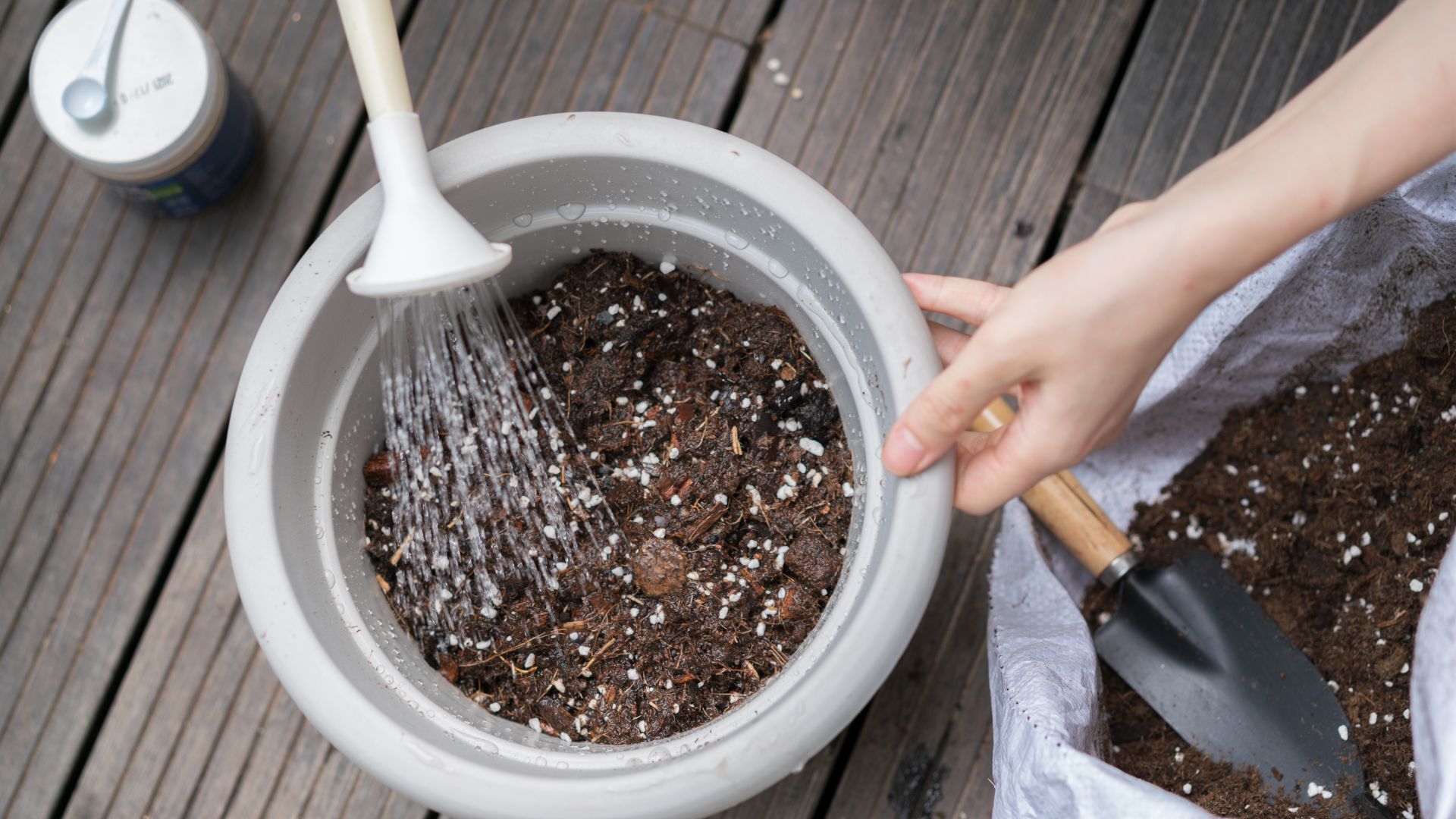
Next for this essential propagation tip, you'll need to plant your cutting into the pot. You can either plant several cuttings around the edge of a larger pot or choose smaller pots for individual cuttings.
Victoria Cummins, plant expert and Senior Editor at PlantWhisperer says, "Make a hole with a pencil to insert the cutting. Then, gently firm the soil around it, ensuring the leaves don't touch the soil surface."
5. Care for the cuttings
The last step to ensuring a successful cutting is keeping it alive and thriving. If you keep to a strict outdoor garden watering routine then the aftercare for cuttings won't seem like too much of a challenge.
"To maintain humidity, cover the pot with a clear plastic bag or place it in a propagator. Find a warm, sheltered spot out of direct sunlight for your potted cutting. Keep the soil moist but not soggy, and within 3-4 weeks, roots should develop," explains Victoria.
If you see new growth she recommends removing the plastic cover and repotting the cutting into a larger pot when needed.
FAQs
When is the best time to take Fuchsia cuttings?
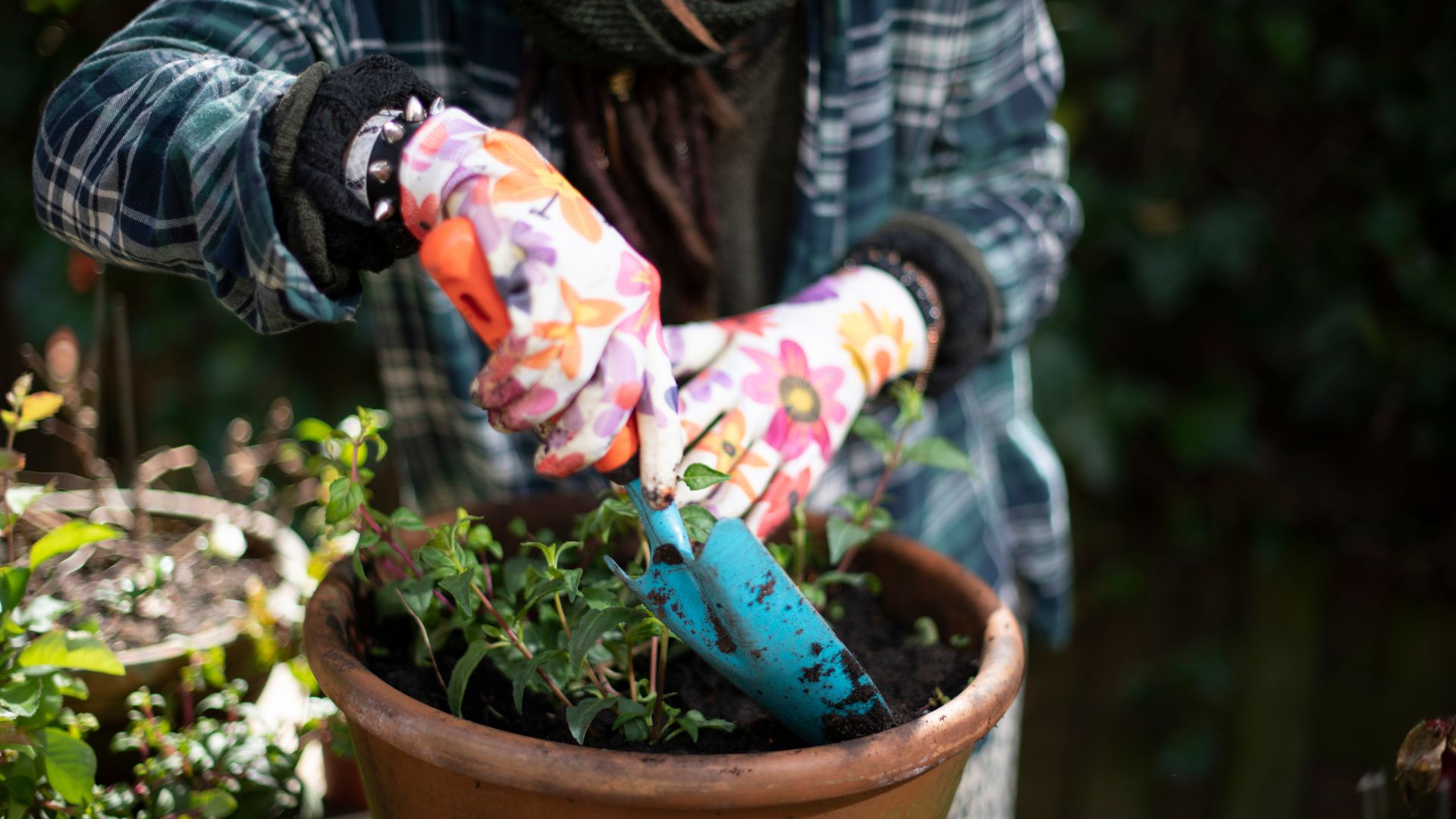
Just as some late summer flowers thrive properly only in the sunny seasons, there's a specific time to take your cuttings that will ensure their success.
"The best time to take fuchsia cuttings is in late summer to early autumn or spring when the plant is actively growing," advises Victoria.
"Taking cuttings is not only cost-effective but also allows you to preserve your favourite fuchsia varieties and control their growth in your own pots and planters,"
Can you root Fuchsia cuttings in water?
Similar to how houseplant cuttings can be propagated in water, fuchsias can also root that way. However. you'll need to be careful with how it's placed in the water and for how long.
"You can root fuchsia cuttings in a glass of water, but you should ensure that the leaves of the cutting are not under the water as this can lead to them rotting," explains Graham.
He says that once the cuttings have grown roots that are around one to two centimetres long, they should be placed in their own pots that are around seven centimetres.
Aside from cuttings, you can try collecting seeds from your garden and this will also provide you with free plants to maximise your garden's blooms. On the other hand, if you're participating in the rewilding trend, let your plants self-seed and see your space naturally evolve.







